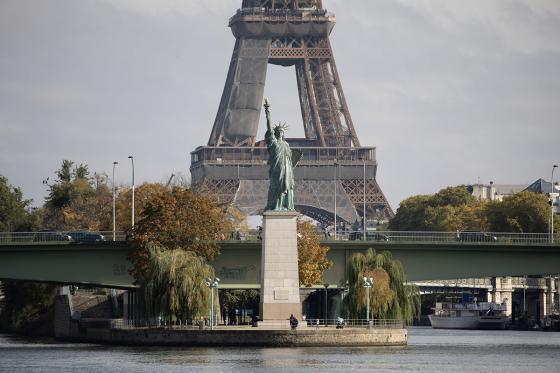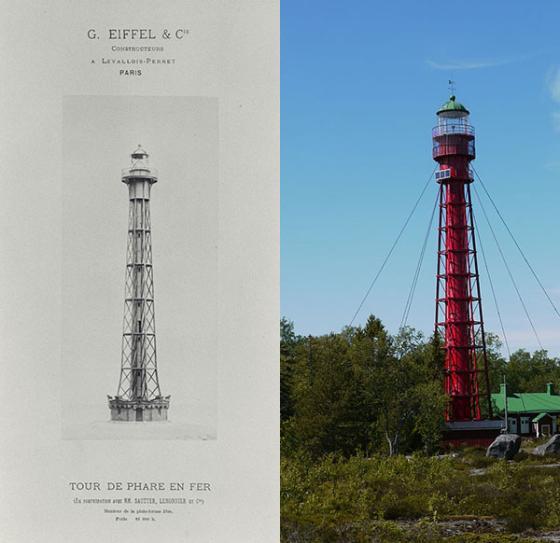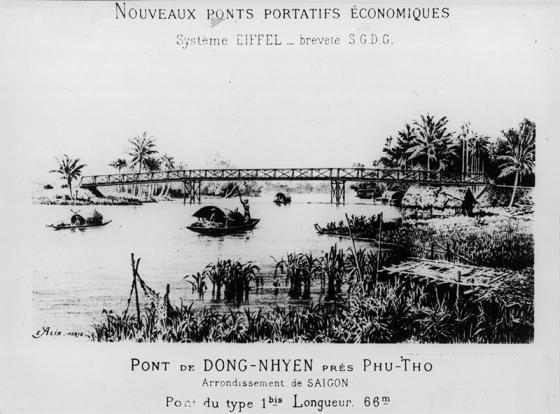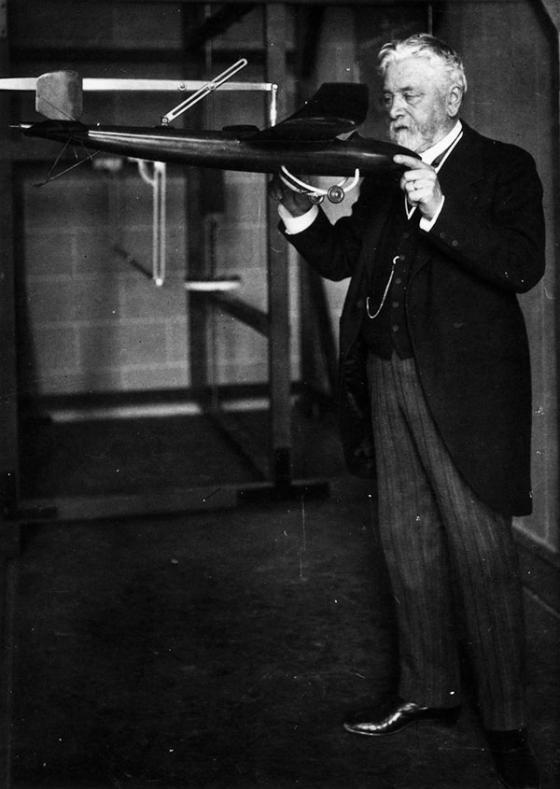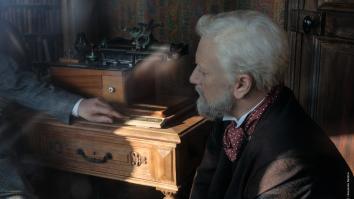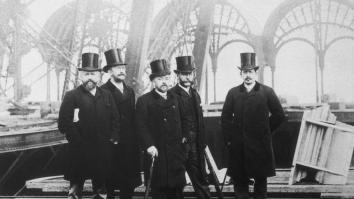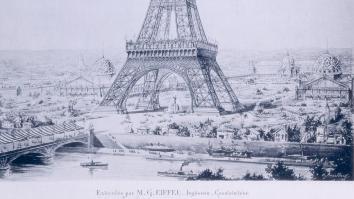The little-known works of Gustave Eiffel
Friday 7 July 2023
Modified the 07/07/23
For the 100th anniversary of Gustave Eiffel’s death, we are paying tribute to the visionary genius of this engineer and entrepreneur, who left a lasting impression on modern architectural and technological history, thanks to his hundreds of metal constructions all over the world.
According to ADGE (Association of the Descendants of Gustave Eiffel), Gustave Eiffel built over 500 works in 59 years, in 30 countries, on 5 continents!
In 1864, Gustave Eiffel started to work independently and created his own company, Gustave Eiffel et Compagnie, based in Levallois-Perret. The Eiffel workshops specialized in metal bridges and viaducts, iron piles and frames, port towers and lighthouses, railways, cranes and lifting equipment.
Metal framework
While he is most well-known for building bridges and viaducts, such as the viaducts in Porto (Portugal) and Garabit (France), Eiffel showed himself to be an ingenious constructor of metal framework. The most well-known ones were used in Budapest Nyugati station in Hungary and the dome of the Nice Observatory. But you may be surprised to learn that certain famous buildings are still standing thanks to Eiffel frames, such as the Palais Galliera and the oldest cabaret in Paris, the Paradis Latin. The Eiffel workshops also exported greatly, and some of its constructions are still there, even all the way in South America, like the Arica Custom House in Chile.
The Structure for the Statue of Liberty
Built in 1881 for the statue designed by Auguste Bartholdi, this iron frame is 151 feet high. It is one of the Eiffel workshops’ most ingenious creations. It is literally designed like a bridge pile to resist the wind, with a secondary trellis structure added to serve as a support to attach the outer sheets of copper. And indeed, it has successfully resisted the storms and hurricanes that have swept New York since 1886.
Metal towers and lighthouses
Perhaps the most surprising thing that Gustave Eiffel built was iron lighthouses and towers! According to research by Estonian architect Indrek Laos, Gustave Eiffel used a patent shared with another manufacturer, Sautter, to build ingenious, 21-feet high lighthouse towers from 1868 on. According to Indrek Laos, 12 lighthouses featuring these towers were built on the French coasts, with 5 still in operation today. In collaboration with the same manufacturer, the Eiffel workshops also offered a full metal frame for lighthouses, up to 164 feet high. According to ADGE, these lighthouses were built in Brazil, for the Inhaca beacon, in Valassaaret, Finland, Dagerort in Estonia and Cádiz, Spain. These are yet more fine examples of Gustave Eiffel’s ingenious constructions, which could weather the most violent of storms!
Portable and dismountable bridges
Having already established himself as a major specialist in bridges and viaducts, Gustave Eiffel went even further, commercializing portable bridges that were quick to erect and dismantle from 1882. They were sold as kits! Cheap and fast to erect without needing a lot of resources, these portable bridges were exported all over the world, in particular to develop road and rail networks at a low cost and make remote areas accessible. Such bridges were used in Italy, Russia, Vietnam, Senegal, and elsewhere.
Dams and locks
Where iron is involved, Gustave Eiffel is not far behind! The engineer also produced mobile dams and locks. Such facilities were installed on the Yonne and Seine rivers, as well as on the Moskova in Russia.
Gustave, a creative inventor
A born engineer and creator of many patents in all areas, Gustave Eiffel never stopped dreaming up inventions and technological advances in his areas of interest, even when his entrepreneurial career was over.
In 1890, Gustave Eiffel designed and patented a system of underwater bridges to go underneath the English Channel! The original sketch is available on the Réunion des Musées Nationaux website. Does it remind you of something?
Another of Gustave Eiffel’s passions was aerodynamics, free-falling bodies, and later, aviation. In 1907, Eiffel installed an aerodynamic wind tunnel at the foot of the Eiffel Tower on the Champ de Mars. After noise complaints from the neighbors, it was moved to Rue Boileau in the 16th arrondissement, in 1912. And it’s still there now! This wind tunnel contributed to establishing the foundations of modern aerodynamics, for both cars and planes.
In 1917, towards the end of World War I, Gustave Eiffel even submitted a patent for a fighter plane, called Bréguet LE (LE for Laboratoire Eiffel) with the famous aviator and aircraft builder, Louis Bréguet. The prototype of this low-wing monoplane successfully performed its first flight in March 1918, but crashed later that month.
You liked this article ? ? Share it
Opening times & Ticket prices
Today :
09:30 - 23:00
Price :
28.30€
Take Paris’ most spectacular ride to the top for €28.30 or less (€28.30 for adult ticket with access to top by lift).
